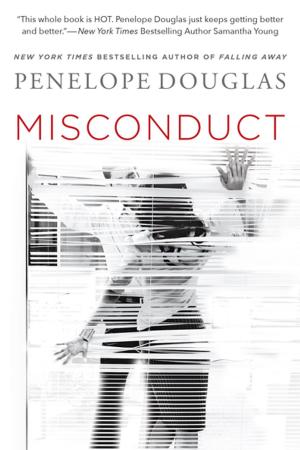The Civil War in 50 Objects
Nonfiction, History, Modern, 19th Century, Americas, United States, Civil War Period (1850-1877)| Author: | Harold Holzer, New-York Historical Society | ISBN: | 9781101613115 |
| Publisher: | Penguin Publishing Group | Publication: | May 2, 2013 |
| Imprint: | Penguin Books | Language: | English |
| Author: | Harold Holzer, New-York Historical Society |
| ISBN: | 9781101613115 |
| Publisher: | Penguin Publishing Group |
| Publication: | May 2, 2013 |
| Imprint: | Penguin Books |
| Language: | English |
The American companion to A History of the World in 100 Objects, a fresh, visual perspective on the Civil War
From a soldier’s diary with the pencil still attached to John Brown’s pike, the Emancipation Proclamation, and the leaves from Abraham Lincoln’s bier, here is a unique and surprisingly intimate look at the Civil War.
Lincoln scholar Harold Holzer sheds new light on the war by examining fifty objects from the New-York Historical Society’s acclaimed collection. A daguerreotype of an elderly, dignified ex-slave; a soldier’s footlocker still packed with its contents; Grant’s handwritten terms of surrender at Appomattox—the stories these objects tell are rich, poignant, sometimes painful, and always fascinating. They illuminate the conflict from all perspectives—Union and Confederate, military and civilian, black and white, male and female—and give readers a deeply human sense of the war.
The American companion to A History of the World in 100 Objects, a fresh, visual perspective on the Civil War
From a soldier’s diary with the pencil still attached to John Brown’s pike, the Emancipation Proclamation, and the leaves from Abraham Lincoln’s bier, here is a unique and surprisingly intimate look at the Civil War.
Lincoln scholar Harold Holzer sheds new light on the war by examining fifty objects from the New-York Historical Society’s acclaimed collection. A daguerreotype of an elderly, dignified ex-slave; a soldier’s footlocker still packed with its contents; Grant’s handwritten terms of surrender at Appomattox—the stories these objects tell are rich, poignant, sometimes painful, and always fascinating. They illuminate the conflict from all perspectives—Union and Confederate, military and civilian, black and white, male and female—and give readers a deeply human sense of the war.















